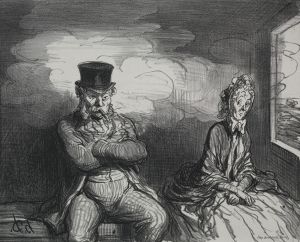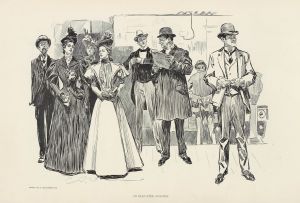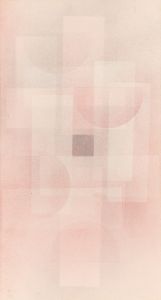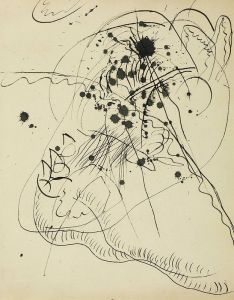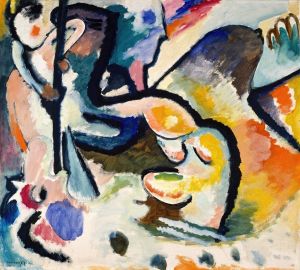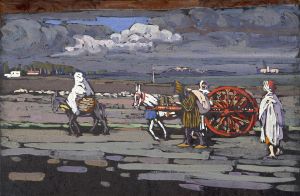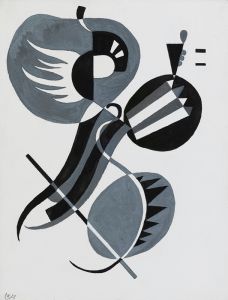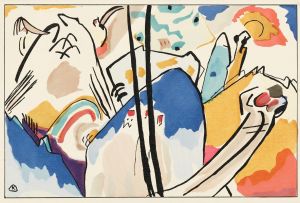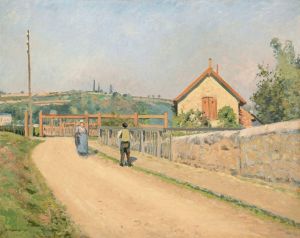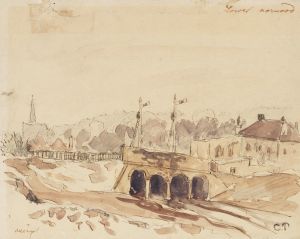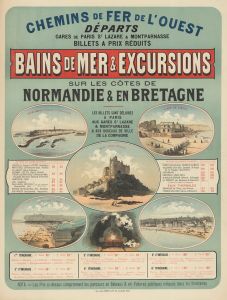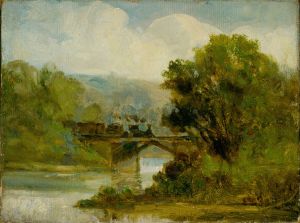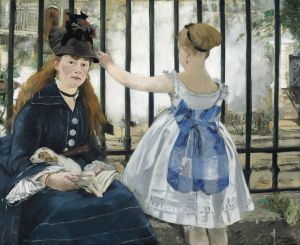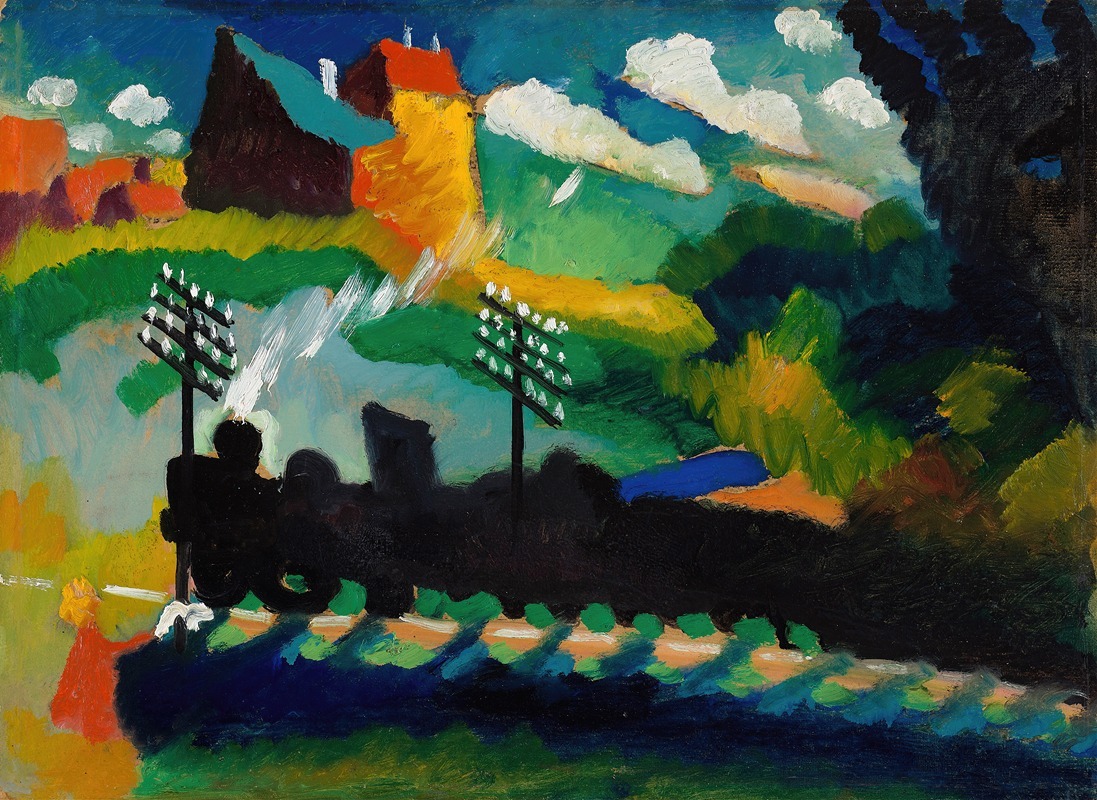
Railway near Murnau
A hand-painted replica of Wassily Kandinsky’s masterpiece Railway near Murnau, meticulously crafted by professional artists to capture the true essence of the original. Each piece is created with museum-quality canvas and rare mineral pigments, carefully painted by experienced artists with delicate brushstrokes and rich, layered colors to perfectly recreate the texture of the original artwork. Unlike machine-printed reproductions, this hand-painted version brings the painting to life, infused with the artist’s emotions and skill in every stroke. Whether for personal collection or home decoration, it instantly elevates the artistic atmosphere of any space.
Wassily Kandinsky's Railway near Murnau is a painting created in 1909, during a pivotal period in the artist's career. Kandinsky, a Russian-born painter, was one of the pioneers of abstract art, and this work reflects his transition from representational art to a more abstract style. The painting is part of his early exploration of color, form, and composition, which would later culminate in his fully abstract works.
The painting depicts a railway scene in the Bavarian town of Murnau, where Kandinsky spent significant time with fellow artists Gabriele Münter, Alexej von Jawlensky, and Marianne von Werefkin. Murnau, located in southern Germany, became an important source of inspiration for Kandinsky and his contemporaries. The town's picturesque landscapes and vibrant colors influenced the artist's evolving style. During this period, Kandinsky and Münter purchased a house in Murnau, which became a creative hub for their artistic experiments.
In Railway near Murnau, Kandinsky employs bold, expressive colors and simplified forms to depict the landscape and the railway. The painting features a dynamic composition, with the railway tracks cutting diagonally across the canvas, leading the viewer's eye into the scene. The surrounding countryside is rendered in vivid hues, with fields, trees, and buildings reduced to geometric shapes and patches of color. This approach reflects Kandinsky's growing interest in the emotional and spiritual power of color, a theme that would become central to his later work.
The painting is often associated with the development of Kandinsky's theories on abstraction and the role of art in expressing inner emotions. While still representational, Railway near Murnau demonstrates his move away from naturalistic depictions toward a more subjective and symbolic use of color and form. This period also coincided with Kandinsky's involvement in the Munich-based art group Der Blaue Reiter (The Blue Rider), which he co-founded in 1911. The group sought to explore new artistic directions and emphasized the spiritual dimension of art.
Today, Railway near Murnau is recognized as an important work in Kandinsky's oeuvre, marking a transitional phase in his artistic journey. The painting is housed in the Lenbachhaus Museum in Munich, Germany, which holds a significant collection of works by Kandinsky and other members of Der Blaue Reiter. It remains a testament to Kandinsky's innovative approach to art and his lasting influence on modernism.





